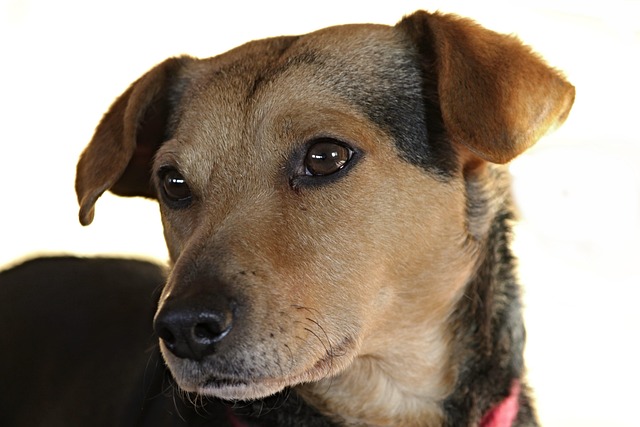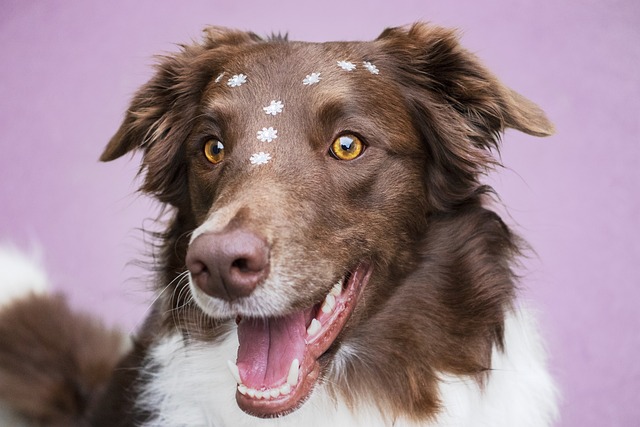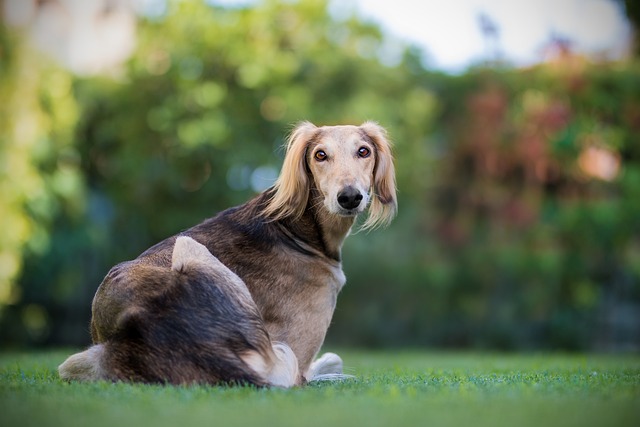
Effective Solutions to Curb Excessive Dog Barking
Tired of your dog's relentless barking? Discover how specific sound frequencies can offer humane, effective solutions to curb this common canine challenge.
If you’ve ever had your dog lunge or snarl at another furry friend during a walk, you know how scary and frustrating it can be. Aggression between dogs isn’t just a behavior issue—it’s a safety concern for everyone involved. But before you start blaming your pup, it’s important to understand that most aggressive reactions stem from fear, territorial instincts, or lack of socialization.
First things first: never punish your dog for aggressive behavior. Yelling, hitting, or using shock collars might seem like quick fixes, but they actually make the problem worse. These methods increase your dog’s anxiety, which can trigger more outbursts. Instead, think of aggression as a cry for help—your dog is telling you they feel overwhelmed.
The key to curbing aggression is gradual desensitization. Start by observing your dog’s body language. A stiff tail, raised hackles, or fixed stare are early warning signs. When you spot these cues during walks, create distance immediately. Cross the street, make a U-turn, or use a long lead to keep your dog at a safe distance from other dogs. Gradually decrease this distance over weeks or months as your dog shows signs of relaxation.
 Positive reinforcement training works wonders. Carry high-value treats like chicken or cheese, and when your dog notices another dog but stays calm, shower them with praise and treats. Over time, your dog will associate the presence of other dogs with good things. Consider enrolling in a professional training class led by a certified dog behaviorist—many local shelters offer affordable group sessions that focus on socialization skills.
Positive reinforcement training works wonders. Carry high-value treats like chicken or cheese, and when your dog notices another dog but stays calm, shower them with praise and treats. Over time, your dog will associate the presence of other dogs with good things. Consider enrolling in a professional training class led by a certified dog behaviorist—many local shelters offer affordable group sessions that focus on socialization skills.
In many places, there are laws about keeping aggressive dogs under control. Failing to manage your dog’s behavior could lead to fines, legal issues, or even having your dog labeled as “dangerous.” Always keep your dog on a sturdy leash in public areas, and be aware of leash laws in your community. Some parks have designated off-leash zones, but it’s crucial your dog can interact safely before letting them run free.
If your dog has a history of serious aggression, consult a veterinarian. Sometimes, underlying medical conditions like pain or hormonal imbalances can cause irritability. Your vet may recommend medication to manage anxiety or suggest a referral to a veterinary behaviorist for more in-depth help.
Remember, every dog is different, and progress takes time. Don’t get discouraged if your dog doesn’t improve overnight. Consistency is key—stick to your training routine, keep environments predictable, and celebrate small victories. And most importantly, never force interactions. If your dog clearly isn’t comfortable around another dog, respect their boundaries.
In the end, helping your dog overcome aggression is about building trust and confidence. With patience, proper training, and a bit of professional guidance, you can turn those tense encounters into peaceful passings. Your dog’s safety—and the safety of others—depends on proactive, compassionate training.

Tired of your dog's relentless barking? Discover how specific sound frequencies can offer humane, effective solutions to curb this common canine challenge.

If you’ve ever had your dog lunge or snarl at another furry friend during a walk, you know how scary and frustrating it can be. Aggression between dogs isn’t just a behavior issue—it’s a safety concern for everyone involved.

Watching your dog growl, lunge, or bare their teeth at another pup isn’t just embarrassing—it’s heart-wrenching. Aggression between dogs can stem from fear, territorial instincts, or past negative experiences, but the good news?

Ever bring home a new furry family member – maybe a wiggly puppy or a rescue dog with unsure eyes – and feel a bit overwhelmed? You’re excited, but maybe they seem nervous, confused, or just plain shut down.

Having an aggressive dog at home can feel like walking on eggshells. It’s stressful, but the good news is that with patience and the right approach, you can help your furry friend become more relaxed and friendly.

Watching your dog snarl or lunge at others is gut-wrenching. It’s not just a behavior problem—it’s a situation that can strain relationships with neighbors and put your furry friend’s future at risk.